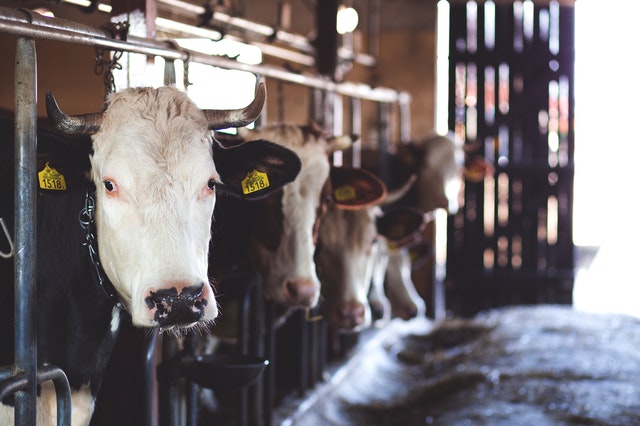Weighing livestock regularly can often feel like a lot of work for little reward. It takes a lot of time and effort bringing all the animals you own to your cattle scales one at a time, keeping them calm, and making sure you get an accurate reading. Even worse, it’s tedious work, the kind that makes you wonder if you should cut down on how often you weigh your livestock. After all, do cattle weights really matter?
The truth is that, yes, cattle weights do matter. In fact, they matter quite a lot. If all you’re doing with your animal’s weight measurements is entering them into a spreadsheet for your records, you’re not taking full advantage of the data at your fingertips. Believe it or not, cattle weights can tell you a lot more than you may realize.
What Weight Can Tell You About Your Animal
The most obvious thing that cattle weights can tell you is what the health condition of your livestock is. This is as true for calves as it is for full-grown cattle, as weighing juvenile livestock is a good way of gauging how long the process of weaning them should take. It can also be used to create a baseline from which the animal’s expected adult weight can be extrapolated, enabling you to better prepare for the future.
For full-grown cattle, an animal’s weight can be used in conjunction with their age to determine their health status. Most often, weight gain is considered a sign of good health while weight loss is a sign of poor health. Catching a trend of unplanned weight loss early can be crucial in diagnosing a problem early enough to reverse it. Likewise, knowing your cattle’s weight can help determine the correct dosages of any medicines a sick animal may require, as both under and over dosing can have serious consequences.
What Weight Can Tell You About Your Business
Cattle weights aren’t just useful in the field, but in the office as well. Having an accurate weight measurement for your herd can help you make practical decisions about expected costs and revenues, among other things. Being able to project expected livestock weights into the future is important for determining how much feed you will need to purchase as well as how much meat, dairy, or hide you’ll be able to produce.
What’s more, comparing and contrasting weights within your herd enables you to identify your best performing cattle, making it easier to strategize where to focus your resources, as well as which animals to put in a breeding or cull group. Looking at weight data over longer periods of time can even help zero in on beneficial or problematic patterns within your cattle-raising practice, revealing where your strengths and weaknesses as well as what practices are working and what ones aren’t.
Related Posts












